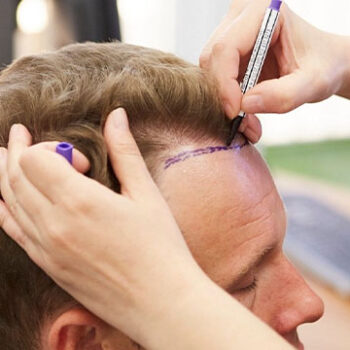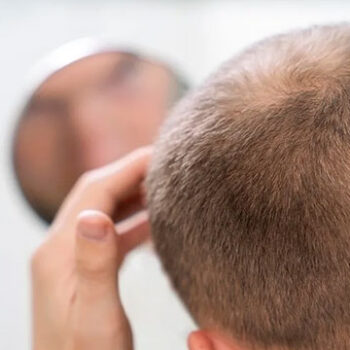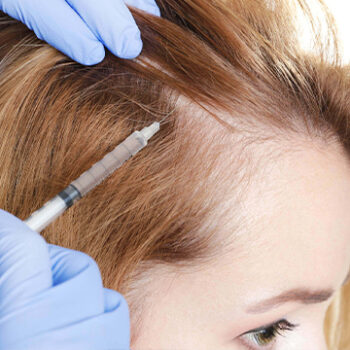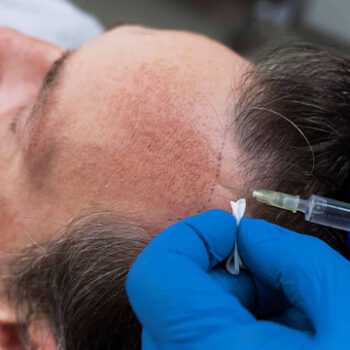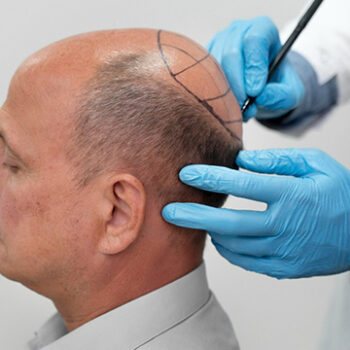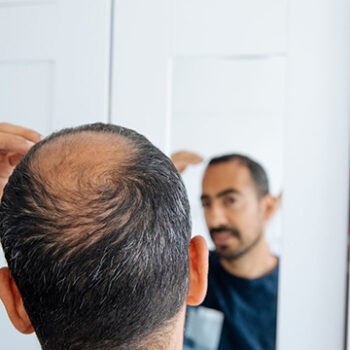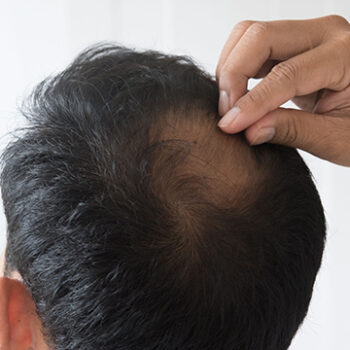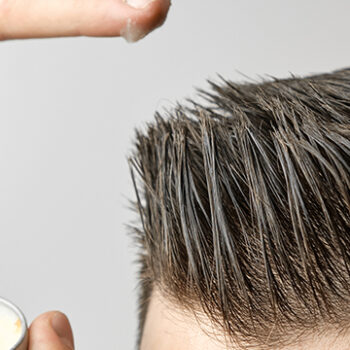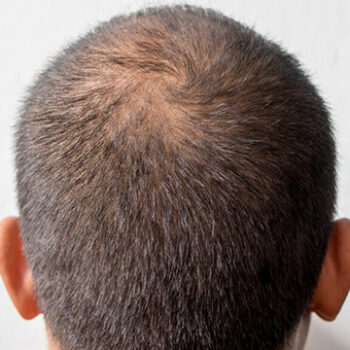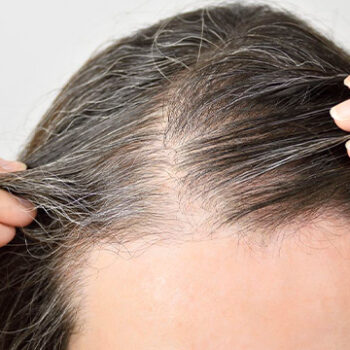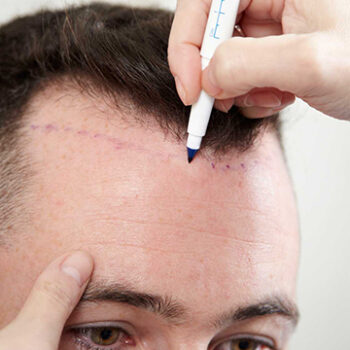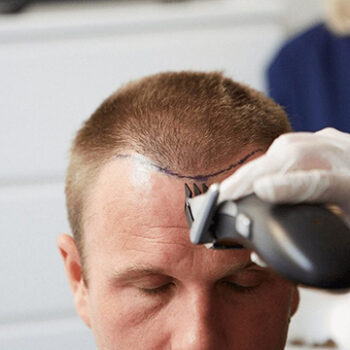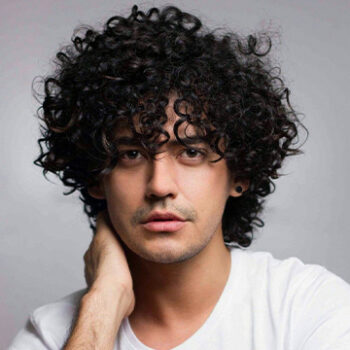Which Hair Transplant Technique Is Right for Me?
Hair transplant has become a promising solution for millions of people experiencing hair loss problems today. However, rapid developments in technology and the emergence of different methods can create confusion about which hair transplant technique is most suitable for individual needs. Choosing the right technique is of critical importance for the success of the operation and your satisfaction with the results.
Basic Classification of Hair Transplant Techniques
Modern hair transplant techniques are basically divided into two main categories: FUT (Follicular Unit Transplantation) and FUE (Follicular Unit Extraction) methods. In addition to these basic techniques, advanced variations such as DHI (Direct Hair Implantation), Sapphire FUE, and robotic hair transplant are also available. Each technique has its own advantages, disadvantages, and suitable patient profiles.
Before making a hair transplant technique selection, factors such as the degree of your hair loss, age, hair quality, donor area condition, expectations, and lifestyle need to be carefully evaluated. The correct analysis of these factors plays a fundamental role in determining the most suitable technique for you.
FUT Technique: Classic Strip Method
The FUT technique is considered the traditional method of hair transplantation. In this method, a narrow strip of skin is taken from the back of your head, and follicular units are separated from this strip under a microscope. The FUT technique is a method preferred in cases requiring intensive hair transplantation.
The FUT technique is particularly suitable for patients experiencing advanced hair loss who require hair transplantation in large areas. The ability to obtain a large number of grafts in a single session is the biggest advantage of this technique. Intensive hair transplantation in the range of 3000-4000 grafts can be performed. Additionally, the careful separation of follicles under a microscope ensures high graft quality.
However, the FUT technique also has some disadvantages. The most important handicap of this technique is leaving a linear scar in the donor area. This scar can be visible especially for men who cut their hair very short. The healing time is longer compared to other techniques, and the post-operative pain level is higher.
FUE Technique: Individual Follicle Extraction Method
The FUE technique has become the most popular hair transplant method today. With this technique, follicles are taken individually from the donor area and placed in the transplant area. The FUE method is preferred because it does not leave scars and offers a faster healing process.
The FUE technique is ideal for patients experiencing moderate hair loss, those who cut their hair short, have an active lifestyle, and seek a method that does not leave scars. It is possible to return to daily activities faster after the operation. Since follicles extracted from the donor area are removed with minimal trauma, the healing process is more comfortable.
Among the disadvantages of the FUE technique are the ability to take fewer grafts in a single session and longer operation time. Additionally, since follicles are taken individually, a wider area in the donor area may need to be shaved. There is also a risk of graft loss if not performed by experienced hands.
Sapphire FUE: Advanced Channel Opening Technology
Sapphire FUE is an advanced version of the traditional FUE technique. In this method, channel opening is performed with special tools with sapphire tips. Sapphire tips are sharper and smoother than steel tips, which minimizes tissue trauma.
The Sapphire FUE technique is suitable for patients who want intensive hair transplantation, desire faster healing, and expect maximum naturalness. The use of sapphire tips allows for smaller and more regular channels to be opened. This enables increased transplantation density and achieving more natural results.
Among the advantages of Sapphire FUE are less edema, faster healing, increased hair density, and more natural hair exit angles. The amount of bleeding is also less compared to traditional FUE. However, since this technique requires more experienced hands, it may be higher in terms of cost.
DHI Technique: Direct Hair Implantation
The DHI (Direct Hair Implantation) technique is a method where follicles are placed directly into the transplant area with special pens. With this technique, channel opening and transplantation procedures are performed simultaneously.
The DHI technique is preferred in cases where transplantation needs to be done between existing hair, for patients who do not want to shave their hair, and in areas requiring maximum sensitivity. It is frequently used especially in female patients and beard-mustache transplantation.
Among the advantages of DHI are less tissue trauma, follicles staying less in the external environment, and more controlled transplantation angle. However, the operation time is long, the cost is high, and transplantation of a limited number of grafts in a single session is possible.
Robotic Hair Transplant: Technological Approach
Robotic hair transplant is an advanced technology method using artificial intelligence-supported robots. Devices like the ARTAS robotic system automatically perform follicle selection and extraction procedures.
The robotic system may be suitable for patients with perfectionist personality structure, open to technological innovations, and wanting to avoid standard errors. The system aims for more consistent results by minimizing the human factor.
Among the advantages of robotic hair transplant are more precise follicle selection, standardized procedure quality, and prevention of errors caused by operator fatigue. However, the cost is high and it is not yet applied by every center.
Evaluation of Personal Factors
Your age is an important factor when determining which hair transplant technique is suitable for you. For young patients, potential future hair loss should be considered. The operation decision should be made more carefully for patients under 25 years old.
The degree of your hair loss also affects technique selection. While FUE techniques may be sufficient for hair loss between 1-3 on the Norwood scale, FUT may be more suitable for advanced losses between 4-7.
The quality and density of your donor area is critically important. If you have thick and dense hair, all techniques can be applied, but technique selection is more limited for thin and sparse hair.
Lifestyle and Professional Factors
Your profession and social life also affect technique selection. FUE techniques that offer rapid healing may be more suitable for people who work face-to-face with the public and are frequently in social environments.
Techniques that do not leave scars should be preferred for people who love sports and have an active lifestyle. The FUT technique may not be suitable especially for those engaged in swimming sports.
Treatment Goals and Expectations
Your expectations from hair transplantation significantly affect technique selection. If you want to achieve maximum density in a single session, FUT may be more suitable. If you prioritize a natural appearance and minimal intervention, FUE techniques may be preferred.
The area you want to have transplanted also affects technique selection. While FUE techniques may be sufficient for small area transplantations such as hairline correction, FUT may be necessary for large area transplantations.
Cost and Time Considerations
Cost is an important factor for many patients. FUT is generally more affordable, while advanced techniques like Sapphire FUE and DHI may be more expensive. However, cost should not be the only determining factor; quality and suitability are more important.
Time constraints also affect technique selection. If you want to return to work quickly, FUE techniques may be more suitable. If you can spare time for recovery, FUT may also be an option.

 English
English Français
Français Deutsch
Deutsch Türkçe
Türkçe 中國人
中國人


